John Myers
John Myers’ remarkable, yet little-known, photographs present a tableau of life in the West Midlands of the 1970s as it has never been seen before. In line with renewed interest in American landscape photography of the 70s, The New Topographics, Myers’ black-and-white portrait and landscape photography is attracting significant critical attention after going almost unnoticed for over 20 years.
Working in Britain’s post-industrial Midlands from 1973-1981, Myers created an archive of the unspectacular that attracted attention at the time but then lay undisturbed for 30 years until a chance meeting with a curator. A solo show at Birmingham’s Ikon Gallery followed in 2011, kick-starting a comprehensive reappraisal at his work that’s resulted in more solo shows and several publications.

‘Landscape’ in its broadest sense can be used to describe Myers’ documentation of suburban life in his native West Midlands – the housing estates, blocks of flats, cul-de-sacs, garages, electricity substations and unsmiling portraits of the people that populated his local area. Myers evokes the streetscapes and uncomplicated certainties of Britain in the 1970s and the profound economic dislocation that took hold at the beginning of the 1980s.
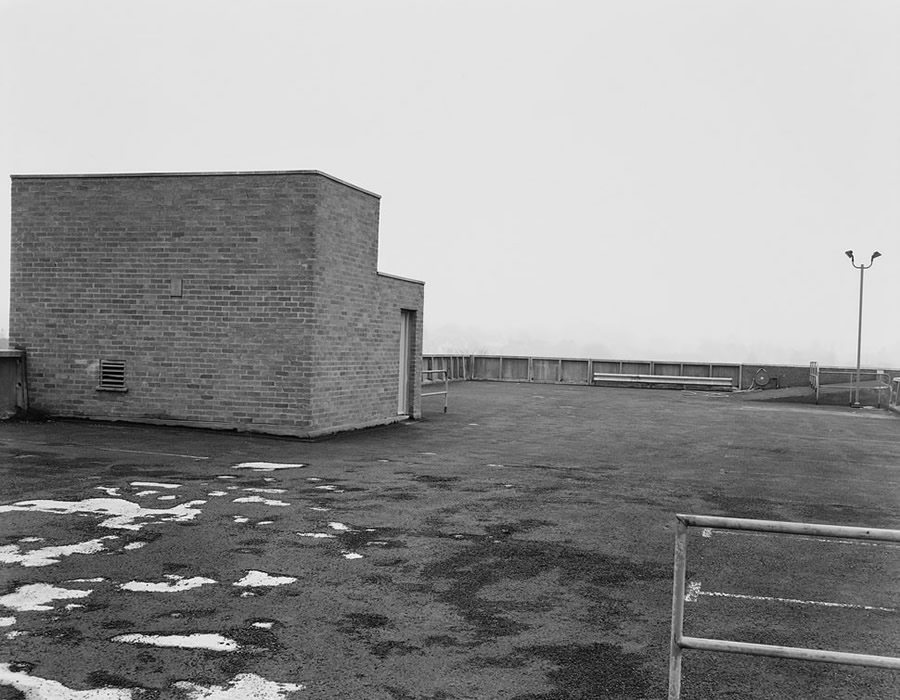
His new book, Looking at the Overlooked, is a glorious compendium of “the claustrophobia of the suburban landscape in the 1970s”. Focusing on substations, shops, houses, televisions, and so-called “landscapes without incident” – or as Myers puts it, “boring photographs” – the images are all recorded with a deadpan aesthetic that’s won Myers comparisons to the celebrated New Topographics movement in the USA.
His representations of mundane features of the urban environment are quite similar to work made in the States (Adams, Gohlke, Baltz). He was a typologist (television sets, electricity substations) before the Bechers made the term their own. Furthermore, his environmental portraits of ordinary Stourbridge residents owe something to Sander and Arbus but in their static, deadpan qualities also look forward to much work made in the 1990s and beyond (Dijkstra, Hunter, Struth).

This is one of John Myers’ images from his collection of 1970s images named “Boring Photos”, taken in black and white. The tones in this image are quite soft, with little contrast and a dull, flat sky. There is slight contrast in the tree and bush to the right and left of the image, which creates a little depth in the image. The use of line in this image is clear – all leading lines take the eye to the outside or edge of the image. For example, in the foreground, the horizontal line of the pavement splits the foreground and background up, which demonstrates the use of the rule of thirds in this image. Furthermore, the other obvious leading line in this image is the vanishing point in the background. The line of the field or hill in the background creates a solid contrast between the sky and the darker tones of the field. The uneventful composition and quiet mood of the image could suggest the lack of prospects in the area in which the image was taken or a “boring” town to live in. This would have been part of the reason Myers would have photographed this scene, as his interest in the developing face of middle-class Britain and the mundane link closely to this image.
Photoshoot plan
| Shot types | Genre | Equipment | Lighting | Camera settings | |
|---|---|---|---|---|---|
| Photoshoot 1 – La Collette | Wide-angle, landscape, and portrait, Straight on in the same way for Typologies | Industrial landscapes, Typologies | Camera | Natural – bright and sunny | Landscape, Manual |
| Photoshoot 2 – | Wide-angle, portrait, and landscape, abstract, birds eye | The New Topographics, Urban Landscapes | Camera, tripod | Natural, bright | Landscape, manual |
I am planning to do 2 shoots – one at and around La Collette, on our guided photoshoot, and another around St Helier, and possibly St Brelade. In my first shoot, I will focus on industrial landscapes, and I’m planning to take typology like images, to emulate the work of the Bechers. In my second shoot, I am planning to capture housing blocks, roads and estates to try and capture images like John Myers. I’m planning to then edit my images in black and white, and a few in colour.

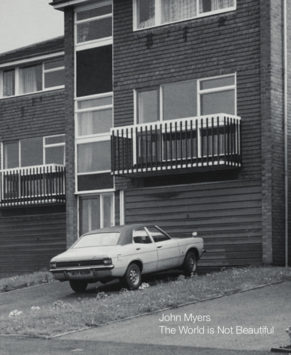
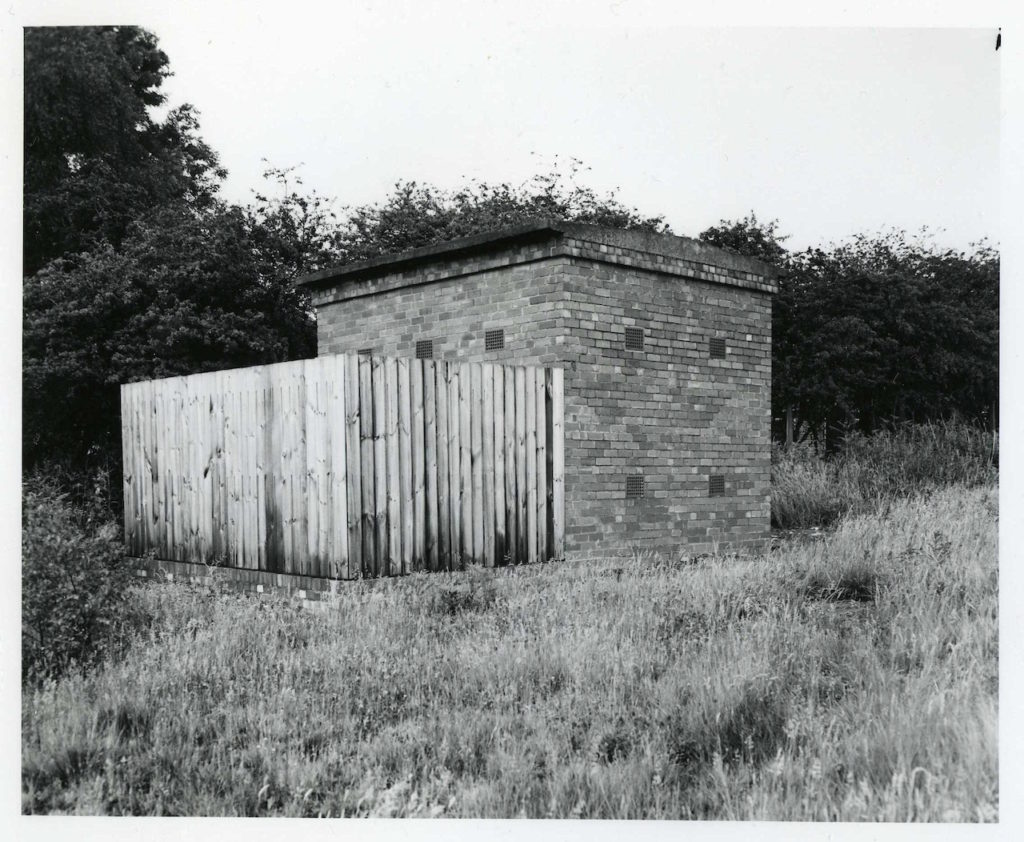



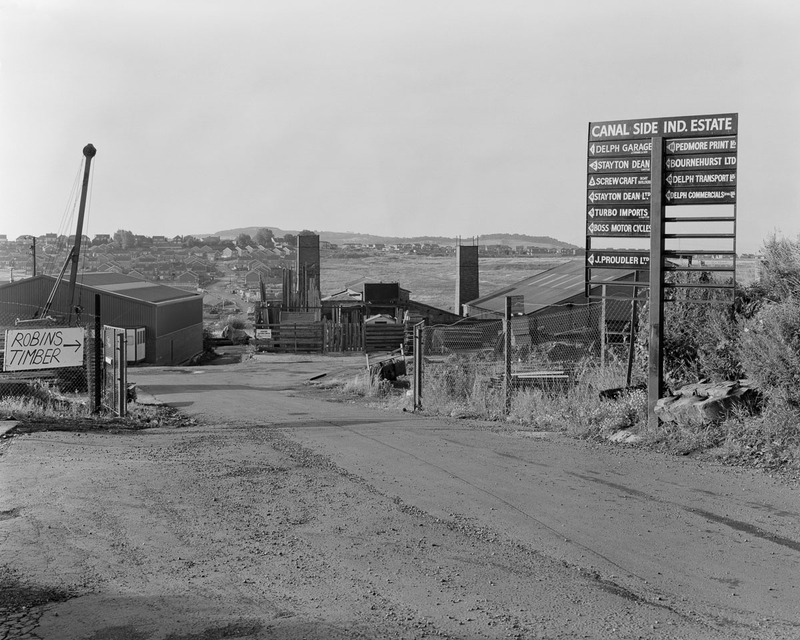
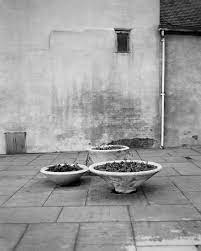

Once you have completed your photo walk from Havre Des Pas to La Collette you should aim to make comparisons with photographers and their work
Your image selection and editing may be guided by this work…and you must show that you can make creative connections.
Albert Renger Patszch and The New Objectivity
https://www.atlasofplaces.com/photography/new-objectivity/
Keld Helmer Petersen
https://www.keldhelmerpetersen.com/1950-1959